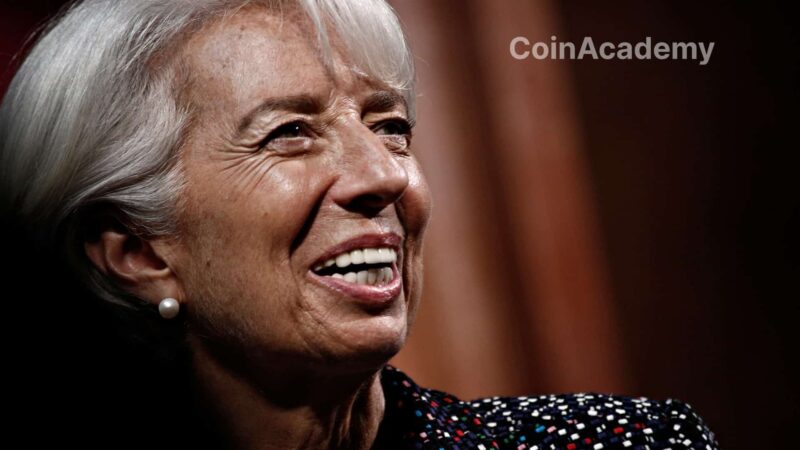The European Union’s regulation on cryptocurrency markets (MiCA), finalized in June, raises uncertainties about the future of stablecoins. While the regulation is supposed to be the EU’s first comprehensive governance framework in crypto, its impact on stablecoins, especially those issued by decentralized and foreign entities, remains a gray area. Marina Parthuisot, legal head of Binance France, warned during a public online hearing organized by the European Banking Authority (EBA) that the potential absence of pre-approvals for existing stablecoins could lead to their mass removal by June 2024.
Stablecoins Hanging in the Balance: No Grace Period for Compliance
The EBA stated that there are no transitional provisions for existing stablecoins, which increases concerns about market disruption. This warning coincides with remarks from Changpeng ‘CZ’ Zhao, CEO of Binance, who stated that Binance is actively working with partners to introduce fully compliant stablecoins. CZ also refuted the claims of mass removal, stating that Parthuisot’s comments had been misinterpreted. However, with MiCA’s requirement for stablecoin issuers to be ‘EU-based entities,’ the regulation could unintentionally exclude blockchain-based governance models.
The Effects of MiCA on the Global Market
While CZ appreciates MiCA’s role in clarifying rules, the impending regulation has already pushed Binance to withdraw from several European jurisdictions. Crypto lawyers and analysts are also grappling with the vague provisions of MiCA, questioning the adaptability of the regulation to decentralized issuers of stablecoins. Ian O’Mara from law firm Matheson suggested that foreign stablecoin issuers might be able to circumvent the EU’s strict provisions by registering via a crypto provider based within the EU. However, EBA officials remain skeptical of such potential schemes, with Elizabeth Noble, head of the MiCA team at EBA, reiterating the unwavering implementation of the planned rules for next year.




